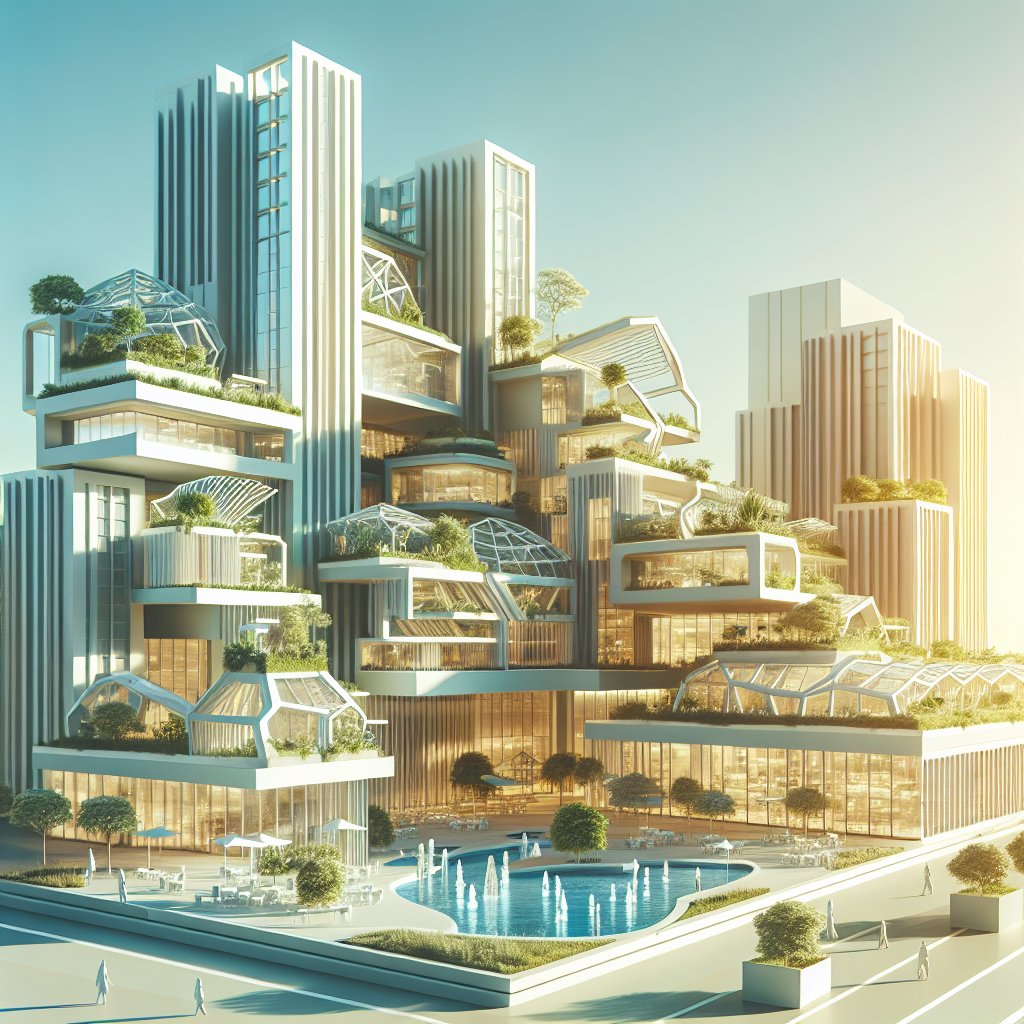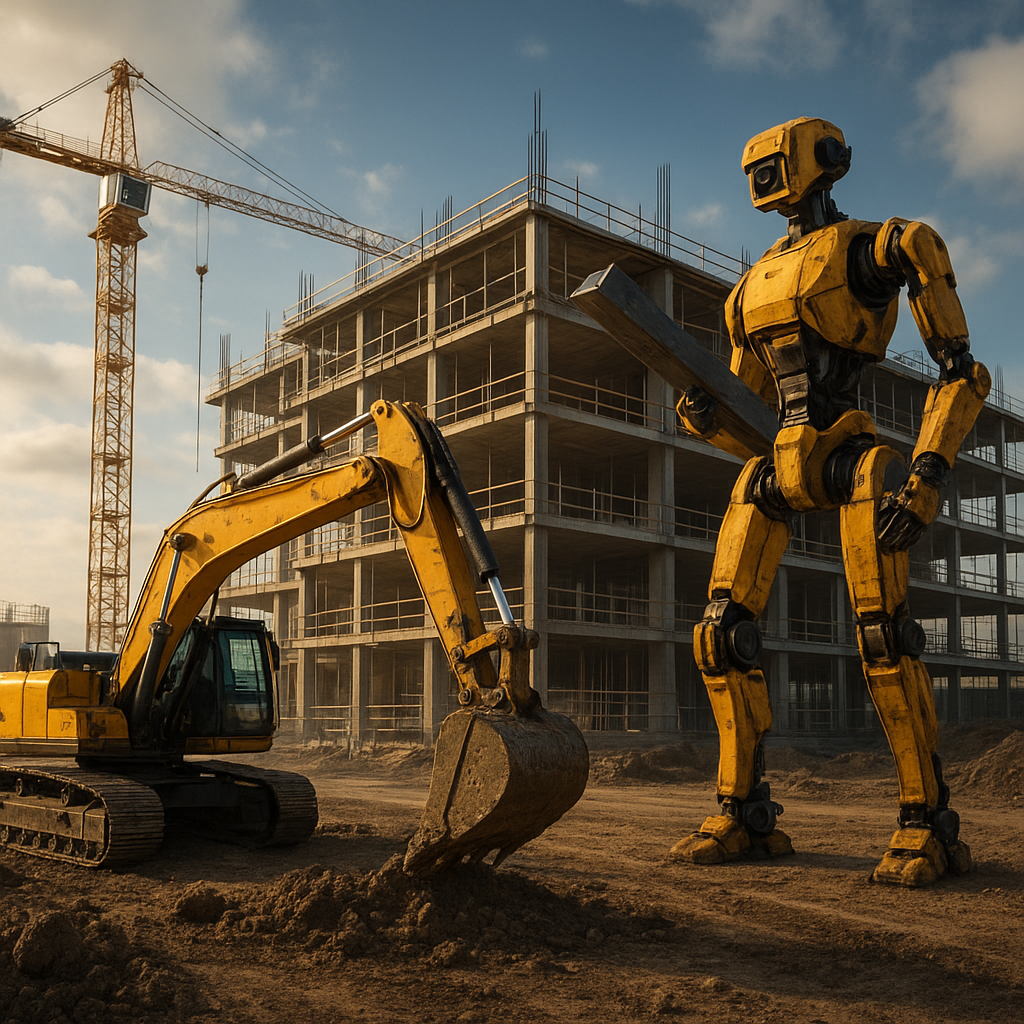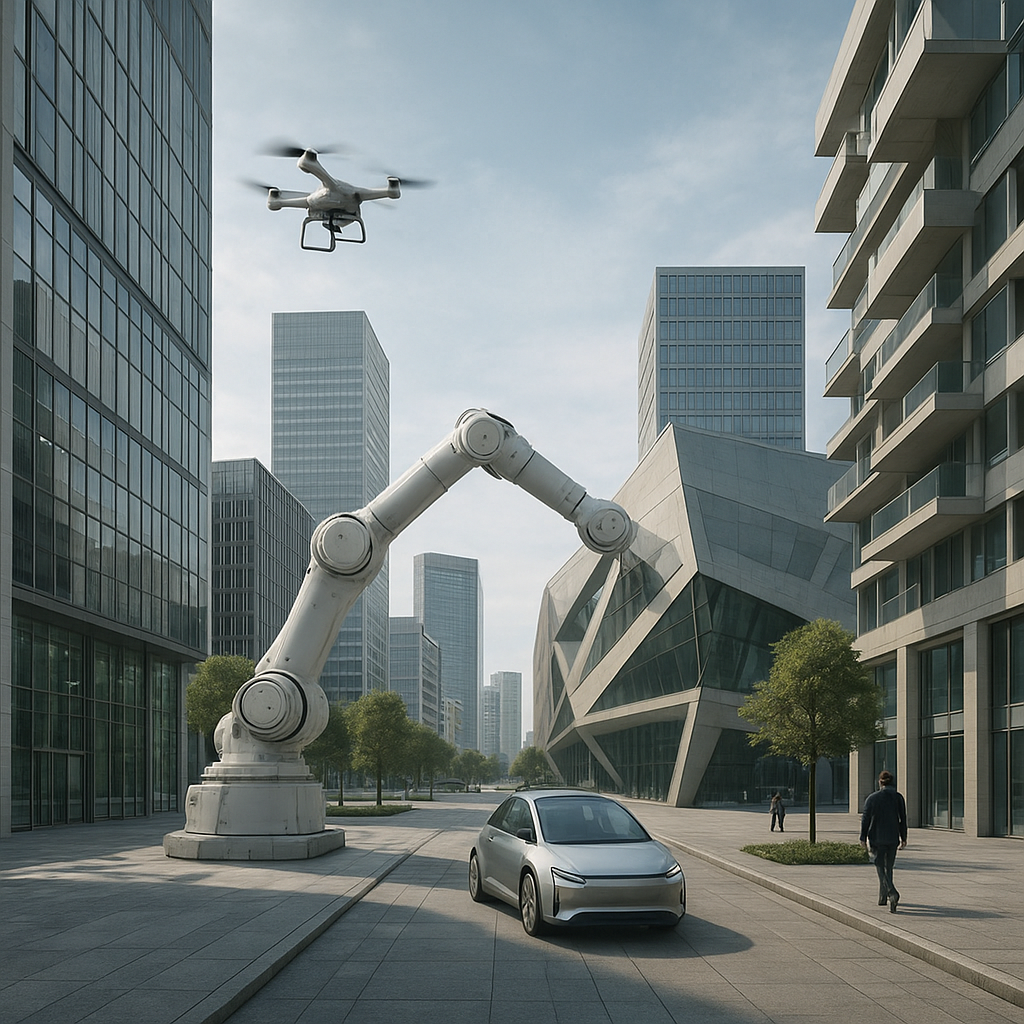Eco-resorts of the future represent a harmonious blend of sustainable practices and luxurious experiences, redefining the way we perceive modern architecture. As the world becomes increasingly aware of the environmental impact of traditional construction methods, architects and designers are pioneering innovative solutions that prioritize ecological balance without compromising on comfort and style. This article delves into the fascinating world of futuristic eco-resorts, exploring the cutting-edge technologies and design philosophies that are shaping the future of sustainable luxury.
The Rise of Sustainable Architecture
The concept of sustainable architecture has gained significant traction over the past few decades, driven by the urgent need to address climate change and resource depletion. At the heart of this movement is the idea of creating buildings that minimize environmental impact while maximizing energy efficiency and occupant well-being. Eco-resorts, as a subset of this trend, are designed to offer guests an immersive experience in nature, all while adhering to the principles of sustainability.
One of the key elements of sustainable architecture is the use of renewable energy sources. Solar panels, wind turbines, and geothermal systems are increasingly being integrated into the design of eco-resorts, providing clean energy to power the facilities. These technologies not only reduce the carbon footprint of the resorts but also offer guests a unique opportunity to learn about and engage with sustainable practices.
Another important aspect of sustainable architecture is the use of eco-friendly materials. Traditional building materials such as concrete and steel have a significant environmental impact due to their energy-intensive production processes. In contrast, eco-resorts often utilize materials like bamboo, recycled wood, and locally sourced stone, which have a lower environmental footprint and contribute to the local economy.
Innovative Design and Technology
Futuristic eco-resorts are characterized by their innovative design and the integration of cutting-edge technology. Architects are pushing the boundaries of traditional design to create structures that are not only visually stunning but also functionally efficient. One such example is the use of biomimicry, where architects draw inspiration from nature to develop sustainable solutions. This approach can be seen in the design of buildings that mimic the natural cooling mechanisms of termite mounds or the water collection capabilities of desert plants.
Smart technology is also playing a crucial role in the development of eco-resorts. Advanced building management systems allow for real-time monitoring and optimization of energy usage, water consumption, and indoor air quality. Guests can enjoy personalized experiences through the use of smart room controls, which adjust lighting, temperature, and entertainment options based on individual preferences. These technologies not only enhance the guest experience but also contribute to the overall sustainability of the resort.
Furthermore, the integration of virtual and augmented reality is transforming the way guests interact with their surroundings. Virtual tours of the local ecosystem, interactive educational programs, and immersive art installations are just a few examples of how technology is enriching the eco-resort experience. By leveraging these tools, resorts can offer guests a deeper understanding of the natural world and the importance of conservation efforts.
Community Engagement and Cultural Preservation
Eco-resorts of the future are not only focused on environmental sustainability but also on social responsibility. Engaging with local communities and preserving cultural heritage are essential components of the sustainable luxury experience. Many eco-resorts collaborate with local artisans and craftsmen to incorporate traditional design elements into their architecture, creating a unique blend of modern and cultural aesthetics.
These collaborations often extend beyond design, with resorts supporting local communities through employment opportunities, education programs, and conservation initiatives. By fostering a strong relationship with the surrounding community, eco-resorts can contribute to the preservation of cultural traditions and the promotion of sustainable development.
Moreover, eco-resorts often serve as platforms for cultural exchange, offering guests the chance to participate in local customs and traditions. From cooking classes featuring regional cuisine to guided tours of historical sites, these experiences provide a deeper connection to the destination and promote a greater appreciation for its cultural heritage.
The Future of Eco-Resorts
As the demand for sustainable travel continues to grow, the future of eco-resorts looks promising. Advances in technology and design are enabling architects to create increasingly sophisticated and sustainable structures, while a greater emphasis on community engagement and cultural preservation is enhancing the overall guest experience. The eco-resorts of the future will not only offer luxurious accommodations but also serve as beacons of sustainability, inspiring guests to adopt more environmentally conscious lifestyles.
In conclusion, the evolution of eco-resorts represents a significant shift in the way we approach architecture and travel. By prioritizing sustainability and luxury, these innovative developments are setting new standards for the industry and paving the way for a more sustainable future. As we continue to explore the possibilities of futuristic architecture, eco-resorts will undoubtedly play a crucial role in shaping the landscape of sustainable tourism.










